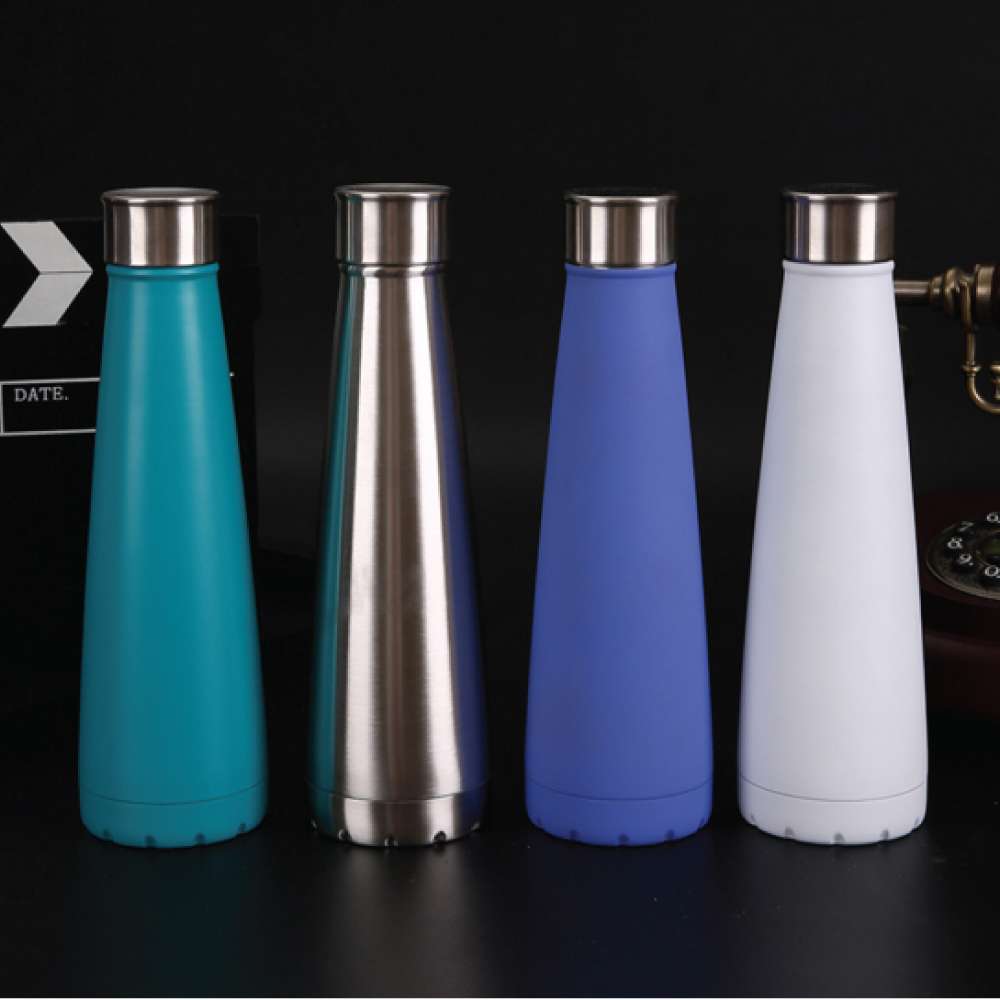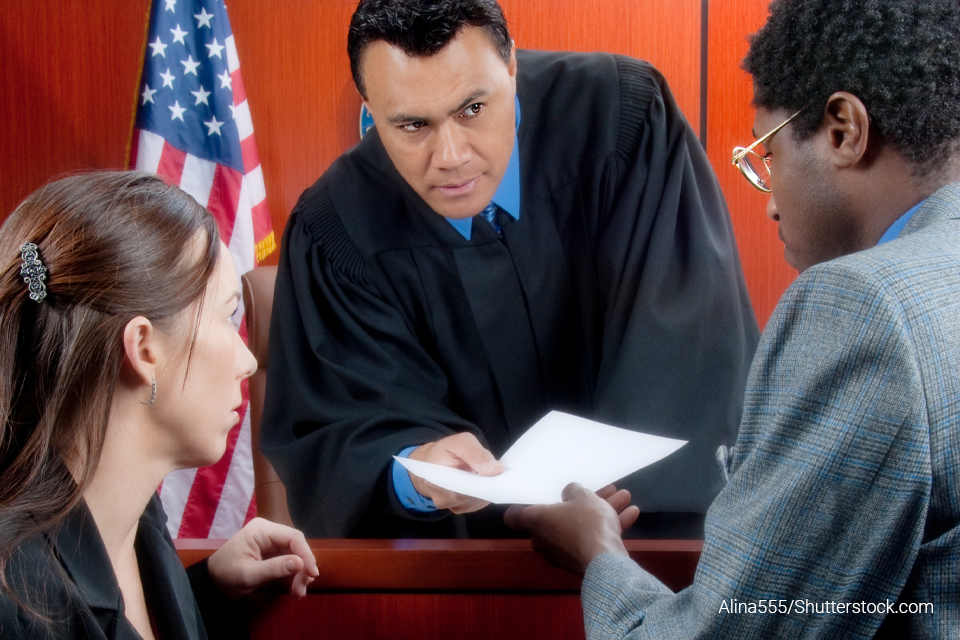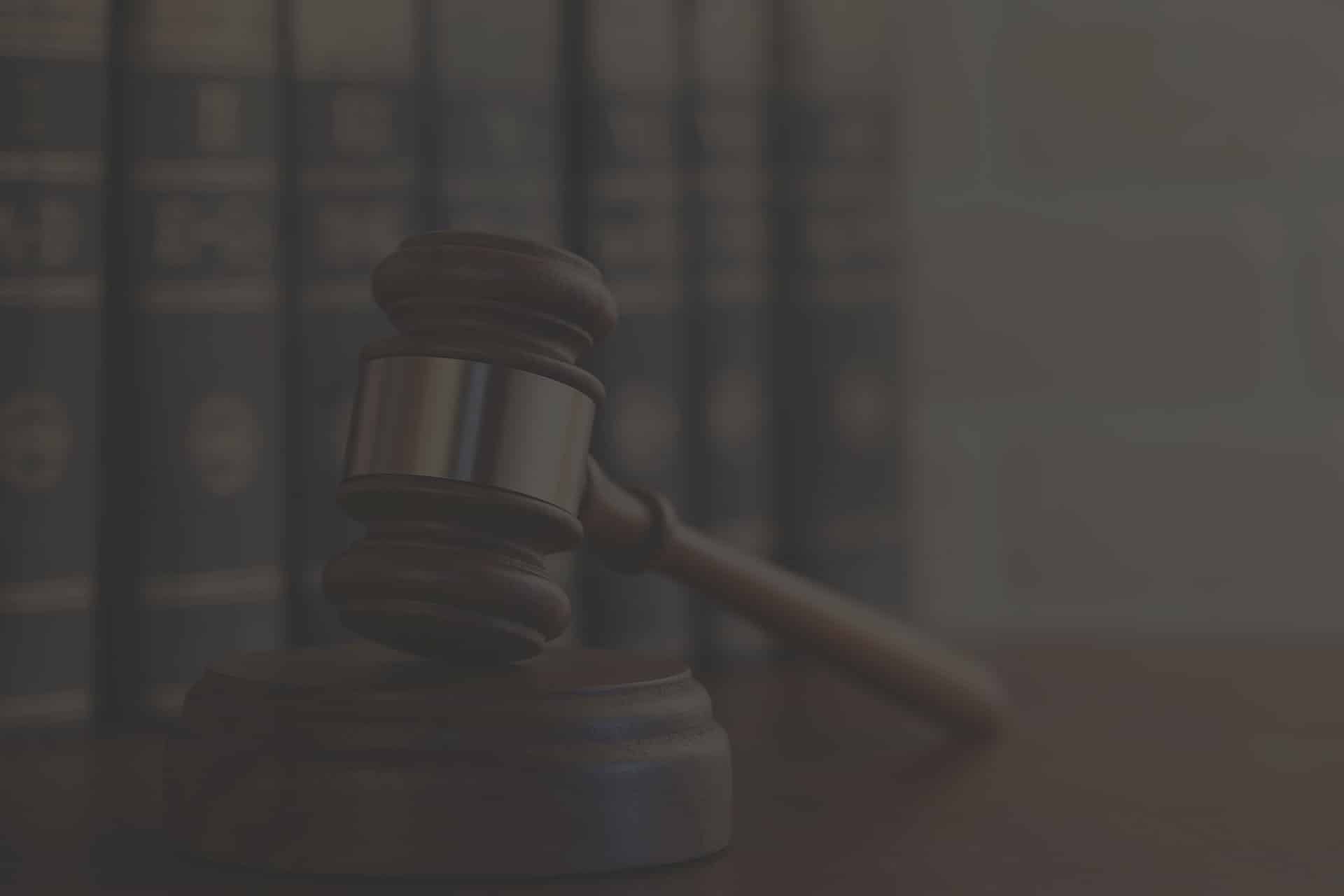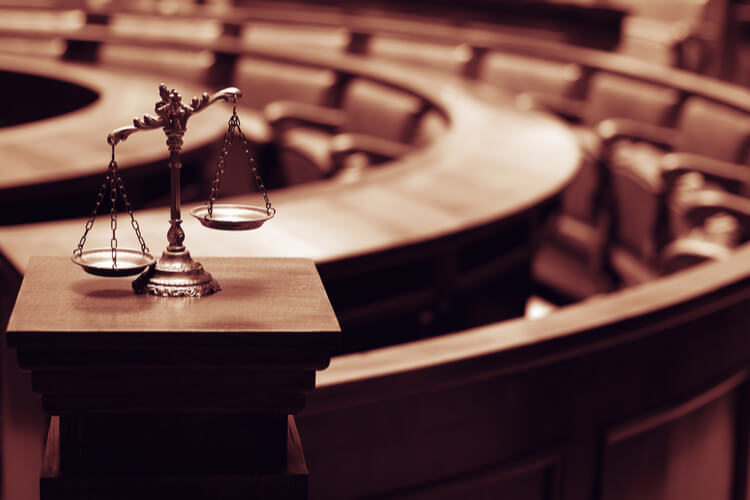
Mastering Trial Techniques: Expert Advice

Mastering Trial Techniques: Expert Advice
Successfully navigating a trial requires not only legal knowledge but also a mastery of trial techniques. From courtroom etiquette to persuasive argumentation, the art of presenting a case is multifaceted. In this article, we delve into key trial techniques and offer expert advice to enhance your skills in the courtroom.
Understanding the Fundamentals of Trial Techniques
Trial techniques encompass a range of skills and strategies employed during a trial. These include effective communication, witness examination, objection handling, and the art of constructing a compelling narrative. Understanding the fundamentals is crucial for any legal professional looking to excel in the courtroom.
Courtroom Etiquette and Professionalism
Maintaining proper courtroom etiquette and professionalism is the foundation of effective trial advocacy. This involves respectful interactions with the judge, opposing counsel, witnesses, and the jury. Demonstrating professionalism enhances your credibility and fosters a positive impression with all parties involved.
Strategic Witness Examination
The examination of witnesses is a critical aspect of trial advocacy. Developing strategic techniques for questioning witnesses, whether direct or cross-examination, can significantly impact the case’s outcome. Effective questioning elicits key information, exposes inconsistencies, and reinforces your narrative.
Persuasive Opening Statements and Closing Arguments
Crafting persuasive opening statements and closing arguments is an art form in trial advocacy. These statements set the tone for the case and provide a framework for the jury’s understanding. Expert advice on constructing compelling narratives and appeals to emotion can enhance the persuasiveness of these crucial elements.
Mastering Objection Handling
The ability to effectively handle objections is a hallmark of skilled trial advocacy. Knowing when and how to object, as well as responding to opposing counsel’s objections, requires a deep understanding of evidentiary rules and procedural nuances. Mastering objection handling ensures that your case proceeds smoothly.
Utilizing Technology in the Courtroom
In the modern legal landscape, technology plays a significant role in trial advocacy. Utilizing presentation tools, exhibits, and multimedia can enhance your case’s impact. Expert advice on incorporating technology ensures that you effectively leverage these tools without distracting from your message.
Building a Connection with the Jury
Establishing a connection with the jury is essential for successful trial advocacy. Expert advice on jury communication includes techniques for engaging jurors, tailoring your message to their understanding, and building trust. A compelling connection with the jury can sway their perceptions and influence their verdict.
Adapting to Unexpected Developments
Trials are dynamic, and unexpected developments can arise. Expert trial techniques include the ability to adapt swiftly to changing circumstances. Whether dealing with surprise evidence, witness testimonies, or legal challenges, being adaptable is crucial for maintaining control of the narrative.
Effective Use of Demonstrative Evidence
The effective use of demonstrative evidence, such as charts, graphs, and simulations, can significantly enhance juror understanding. Expert advice on incorporating demonstrative evidence ensures that these visuals support your arguments and contribute to a clearer presentation of complex information.
Continuous Learning and Professional Development
Trial techniques are ever-evolving, and continuous learning is essential for staying at the forefront of effective advocacy. Engaging in professional development opportunities, attending workshops, and seeking mentorship from seasoned trial attorneys contribute to ongoing improvement in trial techniques.
HighPointFamilyLaw.com: Your Resource for Trial Techniques Advice
For comprehensive insights and expert advice on trial techniques, consider exploring HighPointFamilyLaw.com. The platform offers valuable resources and support for legal professionals looking to enhance their trial advocacy skills. Whether you are a seasoned attorney or a new practitioner, HighPointFamilyLaw.com is your go-to resource for trial techniques advice.
Elevate Your Trial Advocacy Skills
In conclusion, mastering trial techniques is an ongoing journey that requires a combination of knowledge, skills, and continuous refinement. By understanding the fundamentals, embracing courtroom etiquette, and incorporating expert advice into your trial advocacy, you can elevate your skills and present compelling cases in the courtroom.









